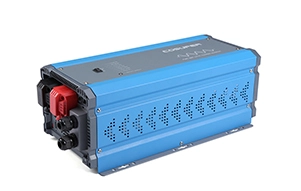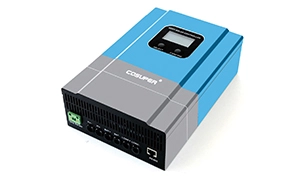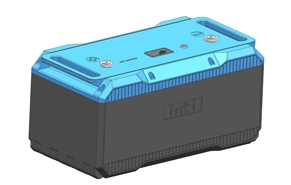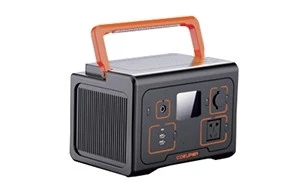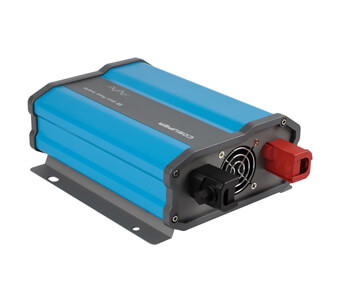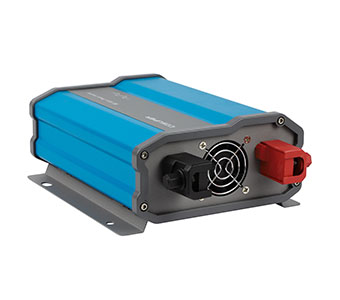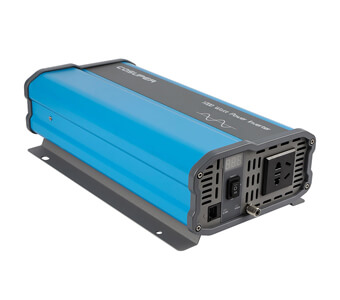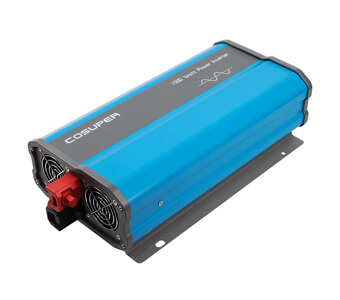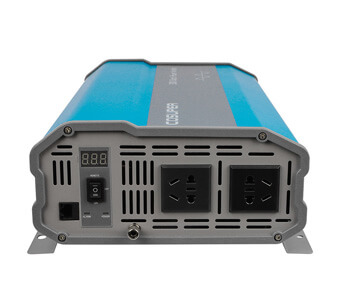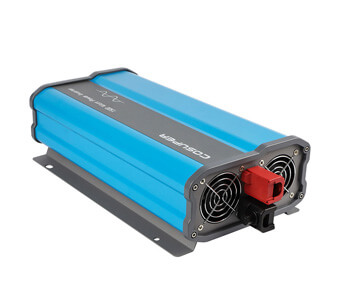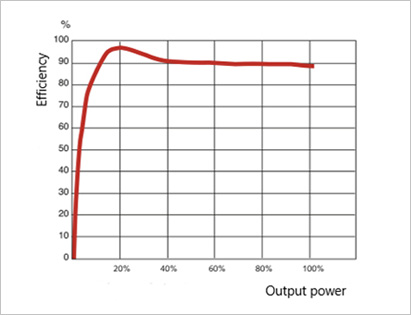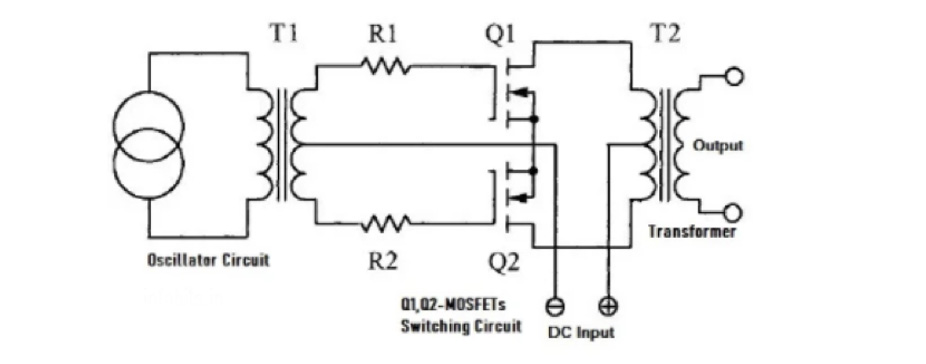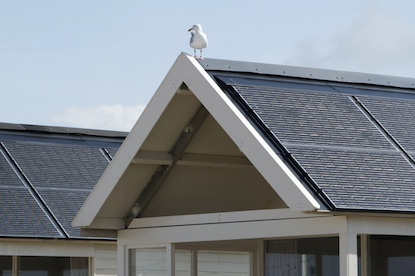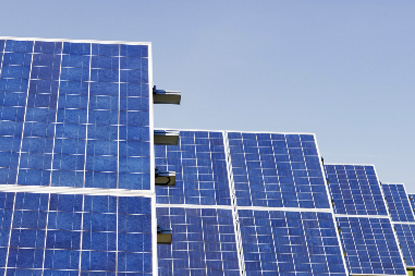A dc to ac converter is a device that converts DC power to AC power at a given frequency and voltage. A typical power inverter from dc to ac is mainly composed of these components: Rectifier, a Pulse-generating circuit (oscillator), a Control circuit, Drive circuit, a Switching circuit, and Transformer.
The following graph is a basic inverter circuit. Let’s take a look at how it works.
The DC input voltage is usually 12V/24V/48V. Other than the solar power system where the DC power comes from the solar panel, the inverter is often used as a stand-alone unit.
In an off-grid solar system, the DC power source is a battery or a solar panel system.
Different stages are used to convert direct current to alternating current.
The input DC voltage is passed through a switching circuit that switches it at a specific frequency. The transistor or MOSFET whose purpose is to take a voltage and switch it to another high or low voltage is a key component of switching circuits.
The oscillator circuit controls the switching frequency. The variable output of the switching transistor is fed to a transformer whose primary voltage level is equal to the DC voltage of the battery or rectifier. The secondary voltage rating of this transformer is usually 220V/230V. In this case, the center point is common, and the DC alternately switches through each half of the winding.
When one transistor is on and the other is briefly off. DC only moves in one direction. The other transistor then turns on while the first transistor turns off, causing the current to flow in the opposite direction.
Depending on the voltage ratio, the AC component of the primary voltage induces an AC voltage on the secondary of transformer.
The number of times the MOSFET is turned on and off is determined by the frequency required for the AC output voltage.
In most countries, the standard AC voltage frequency is 50 or 60 Hz. If you want a 50Hz power supply, you have to turn each transistor on and off 50 times.
The power supplied by the alternator or local utility has a pure sine waveform.
However, the standard output of a DC-to-AC converter is a square wave. Therefore, additional circuitry is used to improve the output waveform.

 English
English 